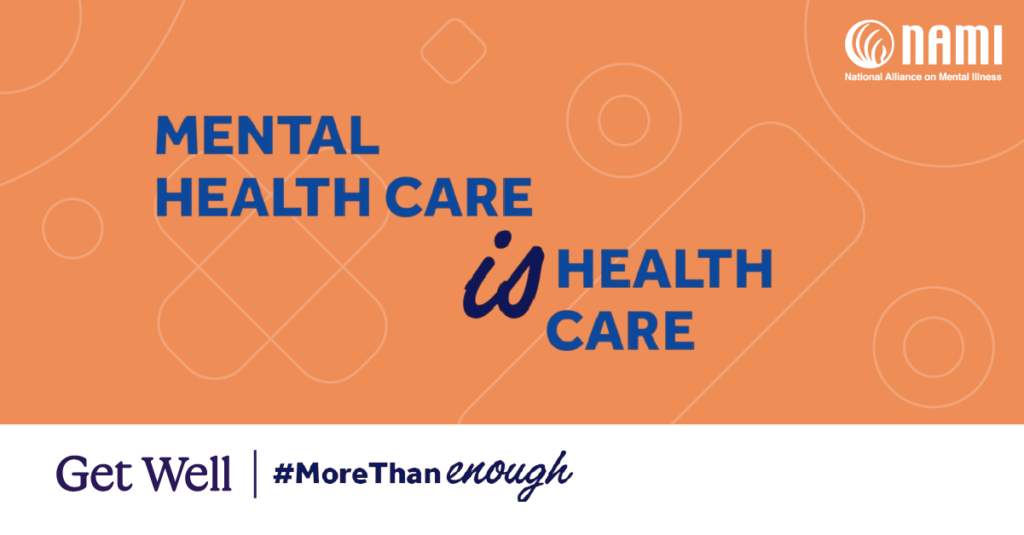At LifeBridge, Every Birthing Person Has a Bridge to Health
Katherine Virkstis, ND, Vice President, Clinical Advisory Services During our Get Well Wednesday on February 7th, we spoke with Dr. Elizabeth Zadzielski, MD, OB/GYN Chair at Sinai Hospital, to discuss the maternal and infant health partnership between Sinai Hospital and Get Well. Sinai Hospital is the largest hospital within the LifeBridge Health System and the









